|
In July 2018 I visited Smith’s Castle in North Kingstown, Rhode Island, which is not a castle, nor does it belong to anyone named Smith.
Today it is a museum complete with informative tour guides and a gift shop, but the story is that a fortified, fenced structure once existed in the same spot owned by a guy named Richard Smith. While the colonists of Rhode Island got along okay with the Narragansett people, those in Connecticut, Plymouth, and Massachusetts Bay did not, and believed them to be harboring Wampanoag warriors that had plagued them for years. Since Smith was friendly with the governor of Connecticut, even going so far as supporting the ceding of Rhode Island land, he allowed soldiers from the three surrounding New England colonies to stay at his house and launch an attack from there into the nearby swamp. No Wampanoag were found, and the Narragansett were slaughtered in one of the bloodiest battles of those times. In retaliation, the Narragansett burned down every single home on the western shore of the bay in 1676, including that of Richard Smith, even though it was tucked away in the end of a tiny cove. Note: As it turns out, the site where the Narragansett were attacked is the very same place where I had seen the swamp monument several months ago and several miles away. At last I knew something of where it came from! Soon after, a new home was built in the same spot, which survives to this day (though only a fraction of the wood is original). The house stayed in the Smith name until 1737, when the owner having no sons, it was given to a nephew by the name of Daniel Updike, a lawyer and Rhode Island attorney general who was instrumental in acquiring four counties from Massachusetts – Tiverton, Little Compton, Bristol, and Cumberland. He also had a plantation where he (or, rather, his slaves) grew corn and raised cattle and horses. He sold cheese and candles. In 1812, the place was passed to the Congdon family, then the Babbitt family, and finally the Fox family, who held it until the late 1930s. Each room is packed with much to look at. There are heating jugs for the beds, spinning wheels, and candle molds. I saw the seashell plaster they used on the outer walls. I saw the types of beams used to support the house called gunstock beams, which are wider on the top. The beams still bear the marks telling where each one was to attach to its neighbors. Houses of this type in those days were often assembled at one location, marked, and then disassembled and shipped to where they would remain. It was hard to know what questions to ask, but the docent was very helpful.
0 Comments
Leave a Reply. |
AuthorMy name is Dan. I am an author, artist, explorer, and contemplator of subjects large and small. Archives
February 2023
Categories
All
|
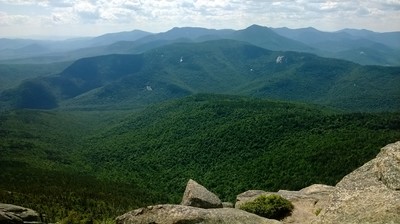
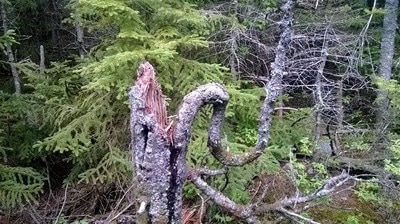
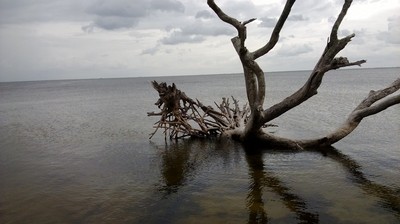
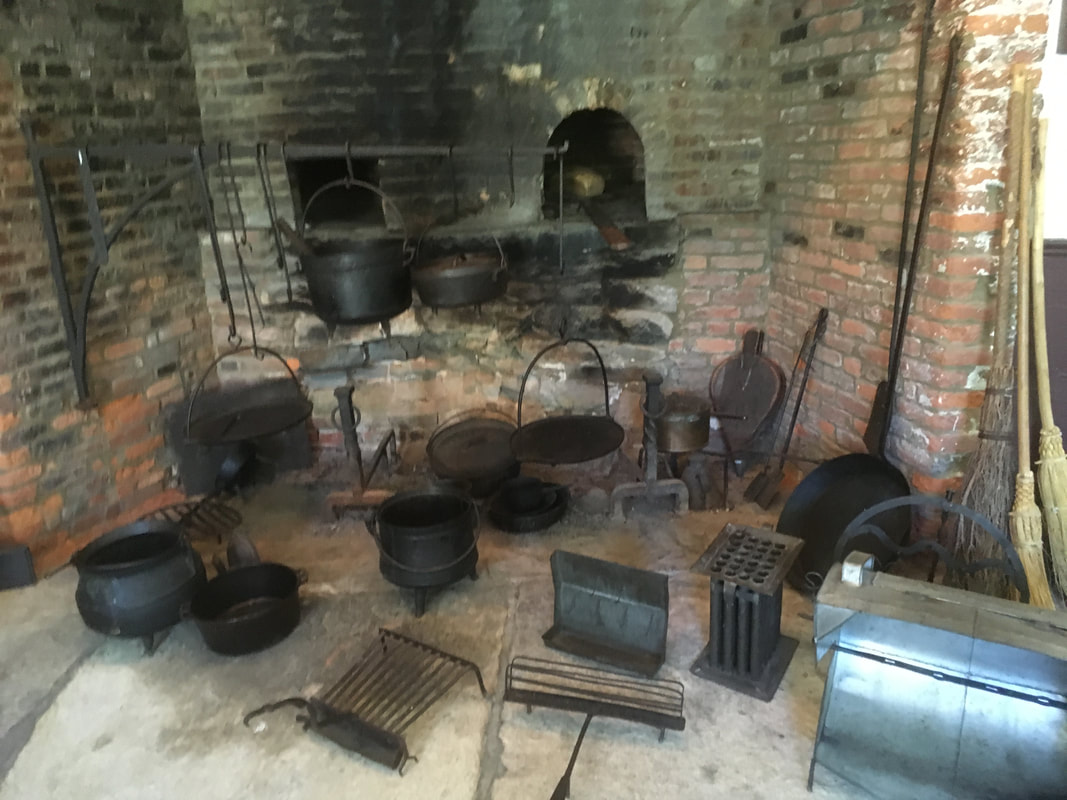
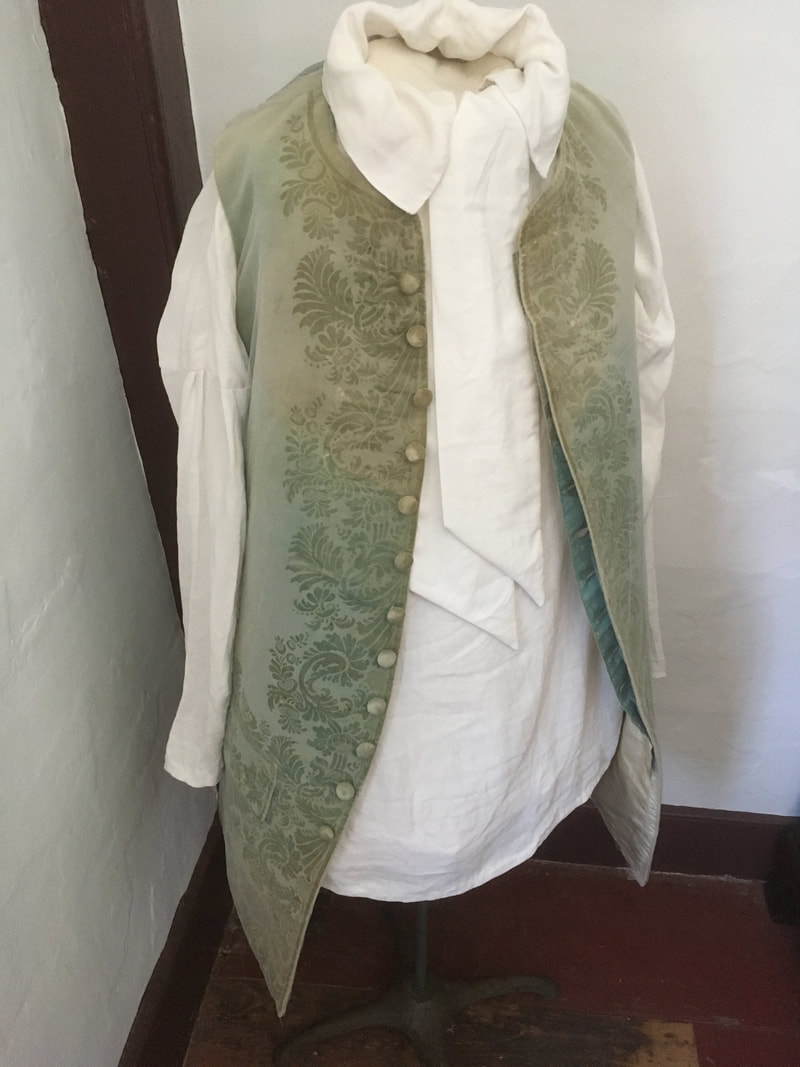
 RSS Feed
RSS Feed